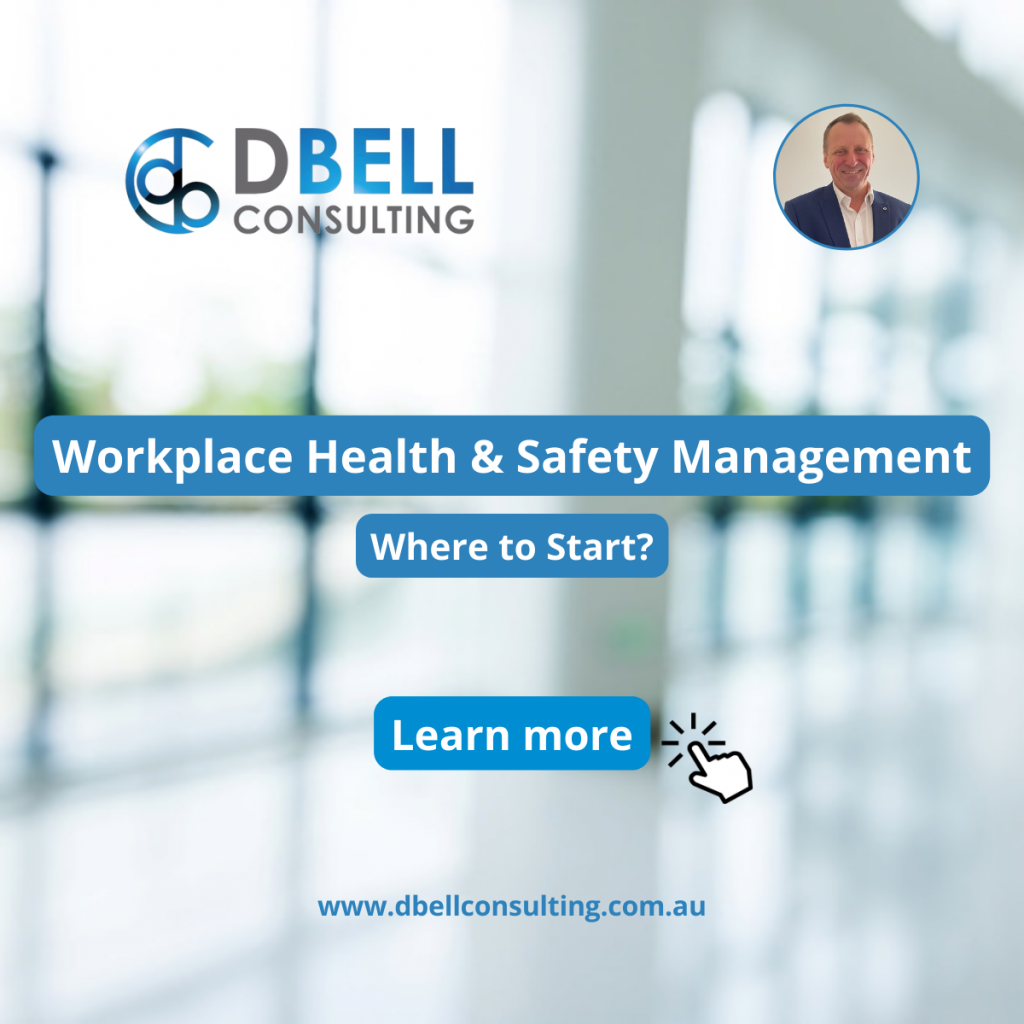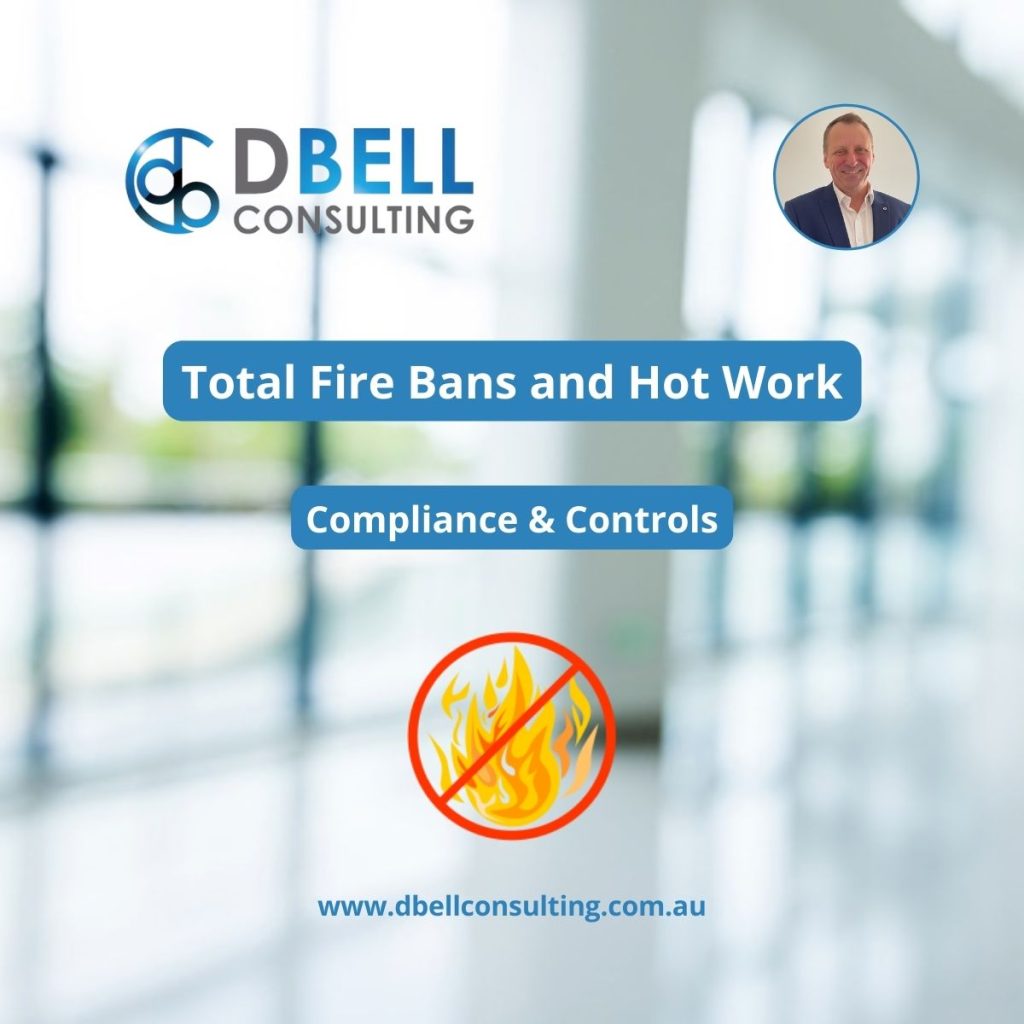How to get started with your WHS Management Improvements
I regularly receive calls from new clients who recognise that they need to improve how to manage their Work Health & Safety (WHS) risk exposures.
A common question in the early stage of the conversation is “Where should I start?”.
The answer to this question isn’t complicated, and typically boils down to the need to address two common objectives:
- Managing the risks of health and safety to their people; and
- Meeting their regulatory compliance obligations.
What is to be achieved when addressing WHS Issues
When taking the first steps to develop and implement a Safety Management System, organisational leadership is looking to:
- Ensure that workers are undertaking their duties in a way that is safe – i.e. workers in all functions and areas of the organisation.
- Gain confidence that its people are suitably trained and competent with respect to their work duties.
- Ensure that the workplace is being managed in a way that provides an environment conducive to safe and healthy work practices.
- Engage with its people to have confidence that matters affecting their health and safety are raised in a constructive manner.
- Have confidence that they’re meeting the provisions of relevant legislation.
Questions to ask to get started
Whether you’re looking to do the work yourself, or gain the support and assistance of a consultant, give some thought to the below questions. The answers to these will inform the nature of the immediate priorities.
You may need to consult with others within your organisation, so reach out to them to get their views so that you make the best start.
- Does the organisation have a Safety Management System in place at present, and is this aligned with any recognised standard (e.g. ISO 45001)?
- What do you feel are your biggest WHS risk exposures (e.g. plant operations, remote work, workplace training and competency, meeting client expectations, regulatory non-compliance)?
- What are you currently doing to manage WHS risks that is working well?
- What kinds of WHS incidents or near miss events have been experienced in the past year or two?
- Has the organisation previously conducted any kind of internal (or outsourced) audit or review of safety management practices?
- If you were asked to identify your top 3 priorities around improving safety across the organisation, what would they be?
The answers to these questions should give you an idea of where the immediate priorities lie, and who should be involved in achieving some quick wins.
Contact us to learn more about how DBell Consulting can assist you with your WHS improvement journey. This may be limited to developing a few core processes, through to a full ISO 45001 Safety Management System tailored to your business and its operations.



